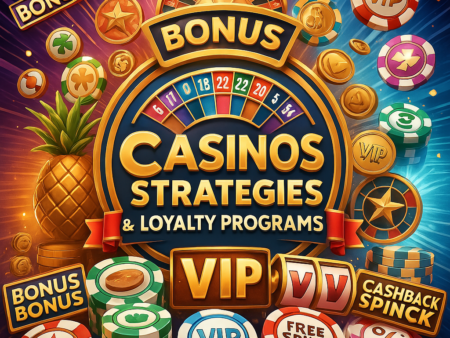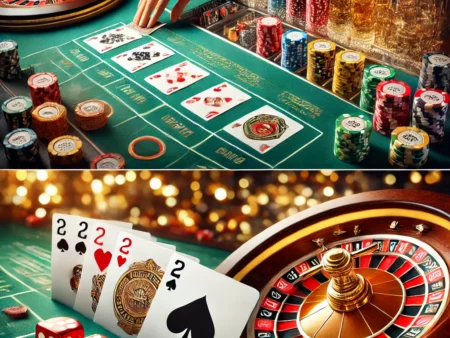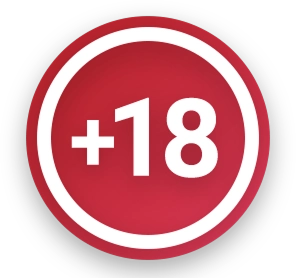Tips for Organizing a Live Poker Tournament Like a Pro
Have you ever played a few rounds of poker in someone’s kitchen, a local pub, or even a casino? Chances are it was a casual ring game — open to anyone, with fluid rules, rebuys, and endless rounds as long as there were players around. But when it comes to organizing a professional-style poker tournament, it’s a whole different ballgame.
Whether you’re hosting a poker night for friends or planning something a little more competitive, this guide will walk you through what it takes to organize a live poker tournament that feels polished, fair, and fun.
Cash Game vs Tournament: What’s the Difference?
Cash games (also called ring games) are informal and flexible. Players come and go, bring their own cash to the table, and play for as long (or short) as they want. There are no set start or end times.
Tournaments, on the other hand, follow a strict format:
- All players start with equal chips
- Everyone joins at the same time
- Players are eliminated one by one until there’s a winner
- Prizes are distributed based on final rankings
It’s this tournament structure that makes poker feel more like a competitive sport — and hosting one requires a bit more planning.
Essentials for Running a Successful Poker Tournament
Here’s your must-have checklist to make sure your poker tournament runs like clockwork:
🟢 Poker Chips
Prepare a large set of chips in multiple denominations. Each player should receive a starting stack — usually around 1,000 to 10,000 in tournament chips, depending on your blind structure.
🃏 Playing Cards
Have at least two decks of high-quality cards. Rotate them between hands to speed up play and reduce wear. Make sure cards are clean and unmarked.
🪑 Tables and Seating
You’ll need enough tables and chairs to comfortably seat all players. Ideally, no more than 8–10 players per table.
📈 Blinds Structure
Define a clear blind level structure in advance. Decide how quickly the blinds will increase (every 10, 15, or 20 minutes). A faster structure = a quicker tournament.
⏱️ Timer or Tournament Clock
Use a stopwatch or tournament clock app to track blind levels. Announce the start of new levels clearly.
🏆 Prize Pool and Distribution
Will it be winner-takes-all? Or a top-3 payout? Define prize distribution before the tournament begins to avoid disputes.
🔄 Player Movement Rules
As players bust out, you’ll need to consolidate tables and re-seat remaining players to keep tables balanced. Have a system for this.
📜 Tournament Rules and Penalties
Decide which poker rules you’ll follow (e.g., TDA rules), and what happens if a player breaks them — penalties, time-outs, or disqualification.
Bonus Tips for a Smooth Poker Night
- Print out the blind schedule and stick it on the wall
- Use a dealer button to keep track of position
- Have a designated tournament director to handle disputes
- Offer snacks and drinks — poker nights are social events too!
- Keep the atmosphere fun but fair — it’s a competition, but it’s also about enjoying the game
Practice Makes Perfect
The best way to learn how to run a great tournament? Play in one, observe how it’s managed, and try hosting a mini-version at home. With each game, you’ll fine-tune the format, learn what works best for your group, and maybe even become the go-to tournament organizer in your circle.
And who knows — maybe one day your friends will be asking,
“So… when’s the next big tournament?”
Want to level up your live poker hosting skills?
Check out our other guides on poker strategy, etiquette, and tips for beginner players.










